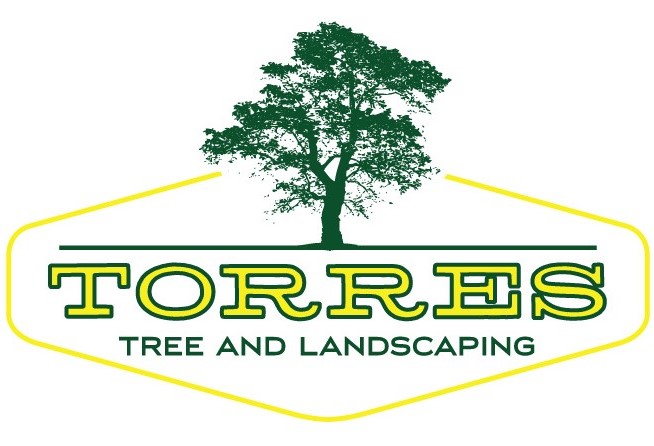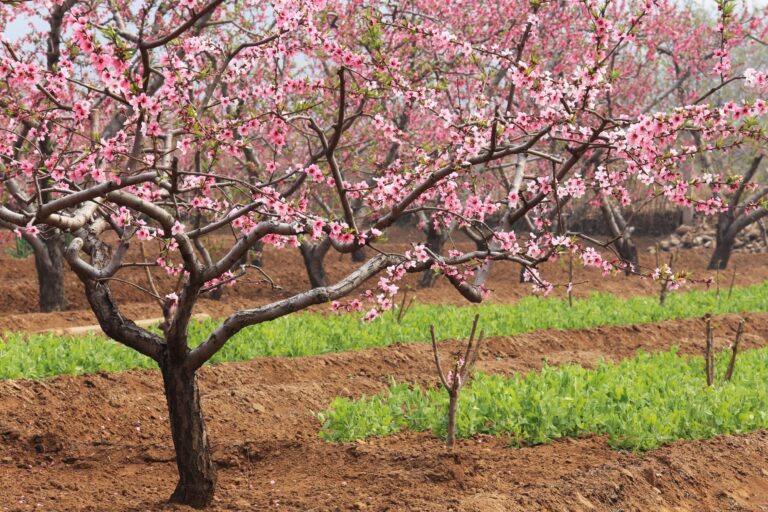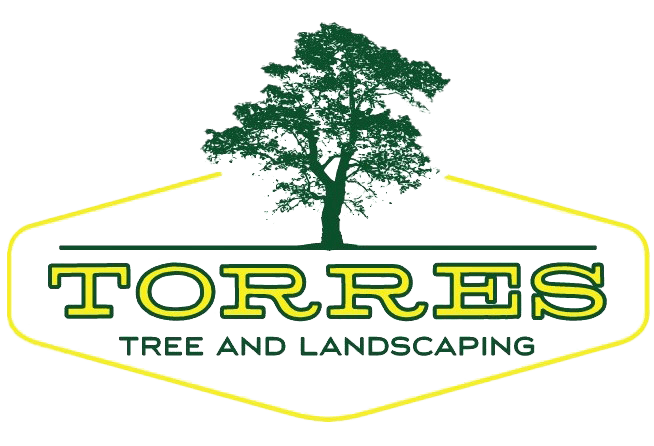Peaches, with their juicy and sweet flavor, are a beloved fruit that can be grown right in your own backyard. If you’re in North Texas and have always wanted to enjoy homegrown peaches, you might think it’s not possible.
In actuality, “Peaches are the leading deciduous crop grown in Texas. An estimated 1 million trees are planted statewide, only half of which are planted in commercial lots of 1 acre or larger” (Kamas, Stein, and Nesbitt, 2015, 1).
In this guide, we’ll take you through the process of growing a peach tree from seed, focusing specifically on three popular varieties that thrive in this region: Harvester, Loring, and Redskin peaches. Get ready to embark on a rewarding journey of cultivating your own delicious peaches.
Growing a tree from seed
When growing a tree from seed, there are several general tips to keep in mind for successful germination and growth. First, it’s important to select fresh and viable seeds to increase your chances of success. Soak the seeds in water overnight or scarify them by gently nicking the seed coat to improve germination rates.
Plant the seeds in a well-draining potting mix or a seed-starting medium, ensuring they are planted at the right depth and watered adequately. According to Kamas, McEachern, Stein, and Roe (1998) “peaches are very susceptible to waterlogged soils, so good to excellent internal soil drainage is essential for long-term tree survival” (p.1).
Place the pot or container in a warm location with sufficient light but avoid exposing the seeds to direct sunlight. Provide consistent moisture without overwatering, and protect the seeds from extreme temperatures or drying out.
Regularly monitor the progress of the seedlings, gradually acclimatize them to outdoor conditions, and transplant them into the ground once they have grown strong enough. With patience, care, and attention to these general tips, you’ll be on your way to growing healthy and robust trees from seed.
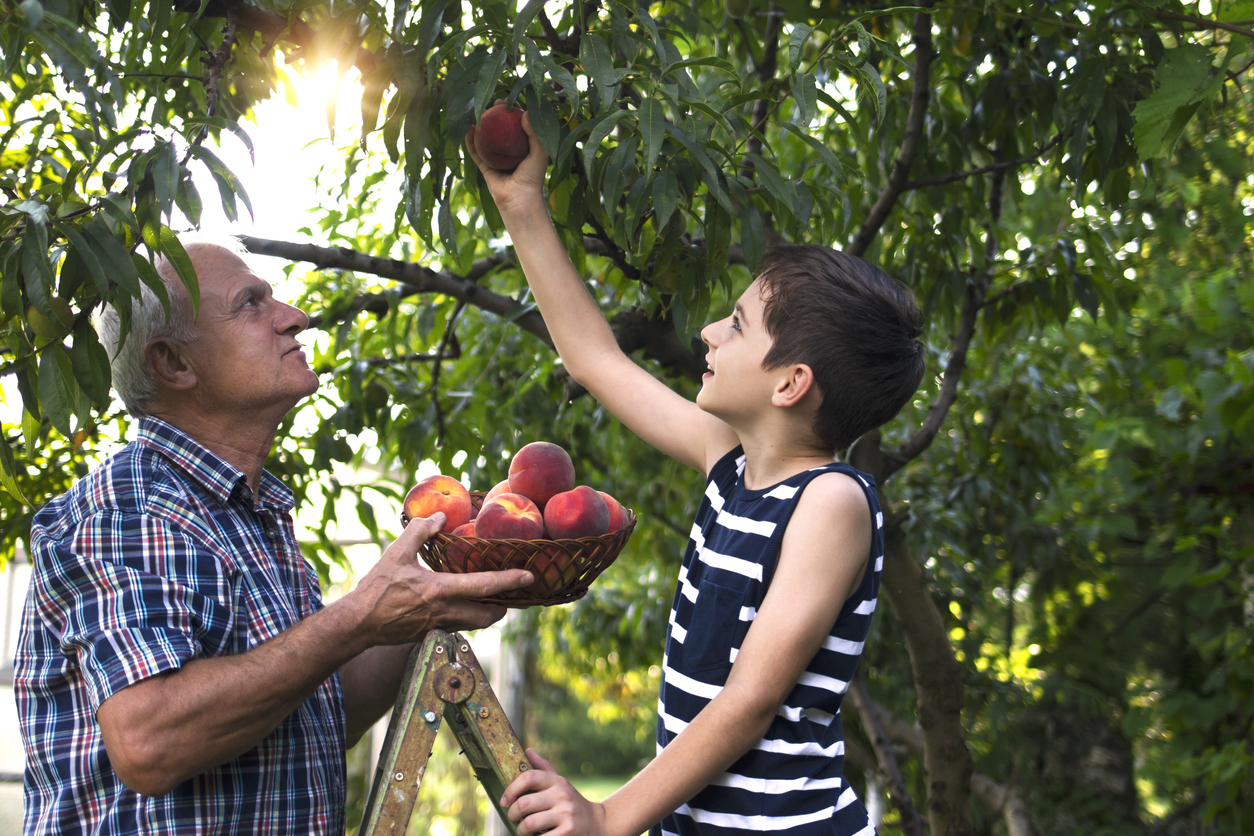
Harvester Peach
The Harvester peach variety is well-suited to North Texas, known for its vibrant, tangy-sweet flavor and firm yet juicy texture. When planting Harvester peach seeds, it’s essential to select a sunny spot with well-drained soil.
These peaches require approximately 800 chill hours, making them a perfect fit for the region. Regular pruning and thinning of branches are crucial to ensure proper air circulation and sun exposure.
Remember to provide adequate irrigation, especially during dry spells, and protect the tree from pests and diseases.
Loring Peach
The Loring peach variety is favored for its large, flavorful fruit with a soft, melting texture. When planting Loring peach seeds, choose a location that receives full sun and has well-drained soil.
Loring peaches require around 850 chill hours, making them ideal for North Texas. Prune the peach tree during the dormant season while ensuring good air circulation and removing any diseased or damaged branches.
Regular fertilization is crucial to promote healthy growth and fruit production.
Redskin Peach
Known for its deep red skin and vibrant, tangy-sweet flesh, the Redskin peach is a popular choice for North Texas gardens. Like the other varieties, Redskin peaches thrive in sunny locations with well-drained soil.
They require approximately 700 chill hours, making them suitable for the region. Proper pruning is crucial for Redskin peach trees to encourage adequate air circulation, light penetration, and fruit development.
Frequent watering and regular fertilization will ensure vigorous growth and a bountiful harvest.
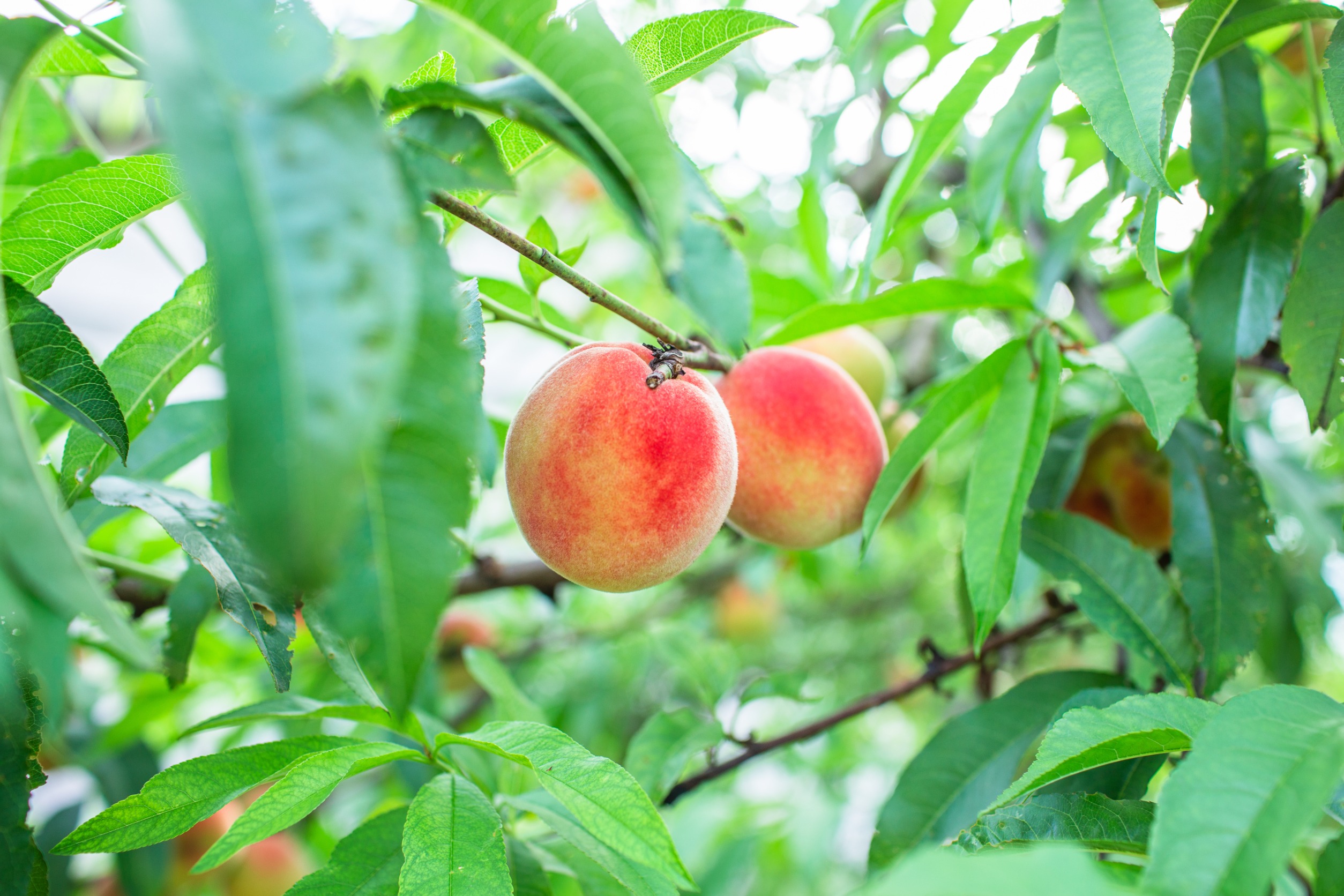
Pruning Peach Trees
Pruning is an essential practice for maintaining the health, shape, and productivity of your peach trees. Here are some valuable peach pruning tips to help you achieve optimal growth and a bountiful harvest.
Firstly, prune your peach tree during the dormant season, typically in late winter or early spring, before new growth emerges. Focus on removing dead, damaged, or diseased branches, as well as any crossing or inward-growing limbs that could obstruct airflow and sunlight penetration.
Additionally, thin out crowded areas to promote better fruit quality and reduce the risk of fungal infections. Aim for an open center or vase-shaped structure to maximize light exposure to the entire tree. Remember to use clean, sterilized pruning tools to prevent the spread of diseases, and always make clean cuts just above the branch collar.
By practicing proper pruning techniques, you’ll encourage vigorous growth, improve fruit production, and ensure the long-term vitality of your peach trees. For more peach pruning tips, read this article published by Texas A&M horticulturists, “Pruning Peach Trees.”
Conclusion
Growing your own peach tree from seed can be an immensely rewarding experience, especially when you have varieties like Harvester, Loring, and Redskin that are well-adapted to North Texas conditions. For more information on growing peaches in Texas, get the Texas Peach Handout guide published by Jim Kamas, Assistant Professor and Extension Horticulturist at Texas A&M University.
By providing the right conditions, such as adequate sunlight, well-drained soil, and proper care, you can watch your peach tree thrive and bear delicious fruit. No matter which variety you choose, your efforts will be rewarded with a bountiful harvest that will delight your taste buds and turn your backyard into a haven of fresh, homegrown goodness.
So grab your gardening tools and get ready to grow your very own peach tree – it’s time to bring the taste of summer to your doorstep.
References:
Kamas, J., Stein, L., and Nesbitt, M. (2015). Peaches. Texas Agrilife Extension. https://aggie-horticulture.tamu.edu/fruit-nut/wp-content/uploads/sites/6/2015/04/peaches_2015.pdf
Kamas, J., McEachern, G.R., Stein, L, and Roe, N., (1998, September 15). Peach Production in Texas. Texas Agrilife Extension. https://smith.agrilife.org/files/2019/04/Growing-Peaches.pdf
